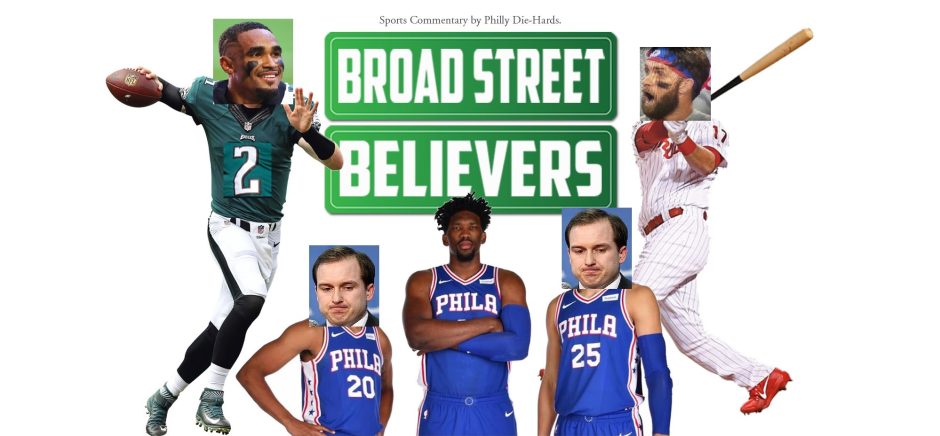So, as The Greatest Baseball Writer on the Planet describes in his ESPN story today, unless something crazy happens over the next three days, the 2009 World Series’s signature moment may have been The Damon Play last night in Game Four. For those of you who didn’t see it (what the hell else could you have been doing?), Johnny Damon stole second and third on the same pitch. The Phillies incorporated “The Shift” against left-handed hitting Mark Teixeira, which meant that Pedro Feliz was the only guy on the left-side of the infield, so when Damon, who had reached on a base-hit after an epic battle with Brad Lidge, tried to steal second, it was Feliz there to cover…and no one to cover third base. So, when Damon slid past Feliz, he simply got up and start running towards third, knowing that the only way he would be out is if Feliz ran him down–no chance of that, even at 35 years old, because Damon can still run.
Now, I see the great baserunning ability. Trust me, I really appreciate good baserunning, and Damon has always been very intelligent on the bases. And, unlike seemingly every over-intelligent announcer, I do not fault the Damon Play for the hits to Rodriguez or Posada. Lidge has total confidence in Ruiz to block the slider, he just made two bad pitches to two good hitters. I also don’t blame Pedro Feliz or Jimmy Rollins, at all, on the play. The only one who made a bad defensive play was Lidge, but, trust me, you can’t trust pitchers to do anything other than throw the ball. This play just opened up, on the grandest of stages, one thing that I Just Don’t Get about the strategic choices of managers surrounding The Shift. Maybe someone out there smarter than me (which is not difficult to be) can explain it to me.
When incorporating The Shift (and, let us leave the “to or not to shift” debate out of this for the time being), WHY do managers put the shortstop on the right-side of the infield and not the thirdbaseman???
In fact, I have only seen one manager that does what I am suggesting, in moving the thirdbaseman over and keeping the shortstop on the left-side by himself, and that manager is Fredi Gonzalez (I’m sure there are others, but he is the only I that I have seen do it consistently). When the “shift-worthy” lefties come to the plate against the Marlins, Gonzalez keeps Hanley Ramirez on the left side and sends the thirdbaseman (be it Jorge Cantu or whomever) over to the right side to play just to the right of the secondbase bag–where Charlie plays Rollins.
This strategy seems to make a lot of sense to me because the shortstop is usually the better athlete and there is a lot more ground to cover when you’re the only one on the left side. Plus, this move keeps the SS in his regular position on the diamond, where he is presumably most comfortable. You only have to have one guy (the 3B) out of position, instead of two. BUT…it seems to make EVEN MORE sense to do when there is a guy on first, because otherwise, you have your 3B covering second on a steal attempt (which is exactly what happened Sunday).
Now, I’m not ripping Charlie Manuel here, at all because it seems like 28 other managers in the league would have done the same thing, but I am saying that if Jimmy Rollins had taken that throw, he would have (a) known more what to do on a steal attempt of second and (b) would have had the athleticism/footspeed to run down Damon if he tried to head for third.
Honestly, I just don’t get it.


Joe Torre actually did that in the NLCS, moving Casey Blake over to the right side, but yeah, that’s the way it should be done. And it was kind of Pedro’s fault because he should’ve been aware of that possibility. I guess third-basemen get confused real quick when they have handle something more complicated than “cover third base”. Anyway, I kind of disagree with that Stark article. I don’t see how that play would go down as so huge when it had no bearing on the outcome of the game. A-Rod’s double would’ve scored two anyway and, like you said, Lidge is definitely not abandoning his slider just because a guy’s on third.
Moving the third baseman over and leaving the SS is the way it should be done. Two related notes about this. I heard someone in the media (can’t remember) say something to the effect of “the pitcher should automatically cover third, shift or no shift”. There wasn’t an explanation. The best I could come up with is that, on the chance that the throw to 2nd gets into the outfield and the runner attempts to advance, the pitcher should be there to back up the throw to third, or in this case, cover third. That makes some sense, but I’ve never heard it and I don’t think I’ve ever seen it. Anyone else ever heard or seen this? Second, this question issue came up during a Diamondbacks game. (They might have been playing the Phillies and dealing with Howard, I can’t remember.) The Diamondbacks moved SS Stephen Drew over and shifted 3B Mark Reynolds to short. Play-by-play announcer Daron (son of Don) Sutton asked why not move the 3B over and leave the SS. That day, usual color-guy Mark Grace wasn’t there and his fill in was Matt Williams, who launched into a tirade against the shift to the point that it actually got uncomfortable and never actually answered the question.
Boot, I would guess that as soon as the ball sails into centerfield on a steal attempt, it’s the pitcher’s job to go back-up third. But if the ball is caught at second, why would he be at third? He wouldn’t have time to get there that quick. If there’s this shift on, and the 3B is covering second, then the pitcher should go to third, but apparently J-Roll never told Lidge that was the case, and he took the blame after the game. Lidge also took the blame for not being over there.